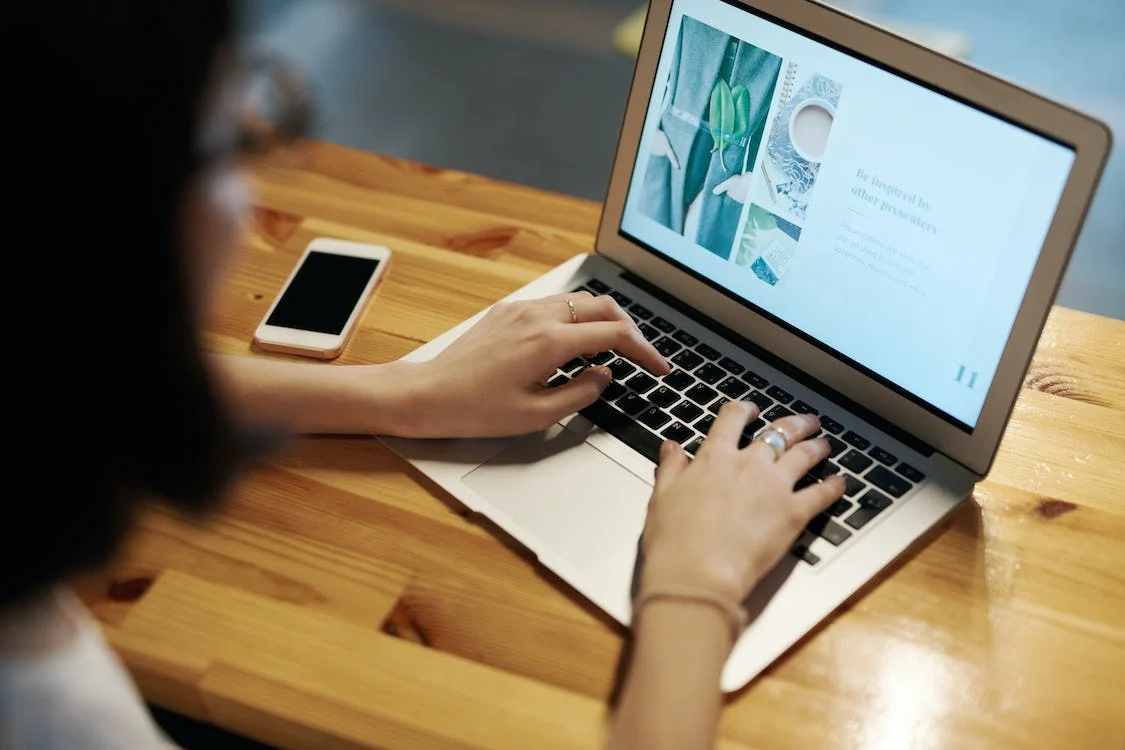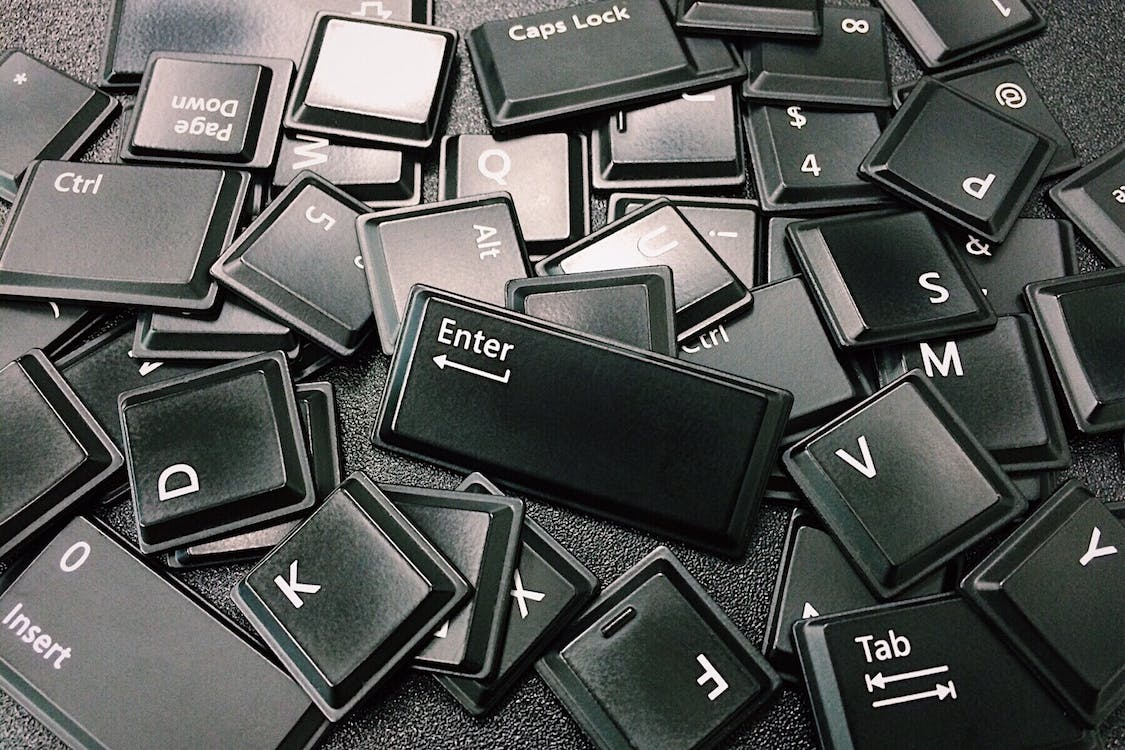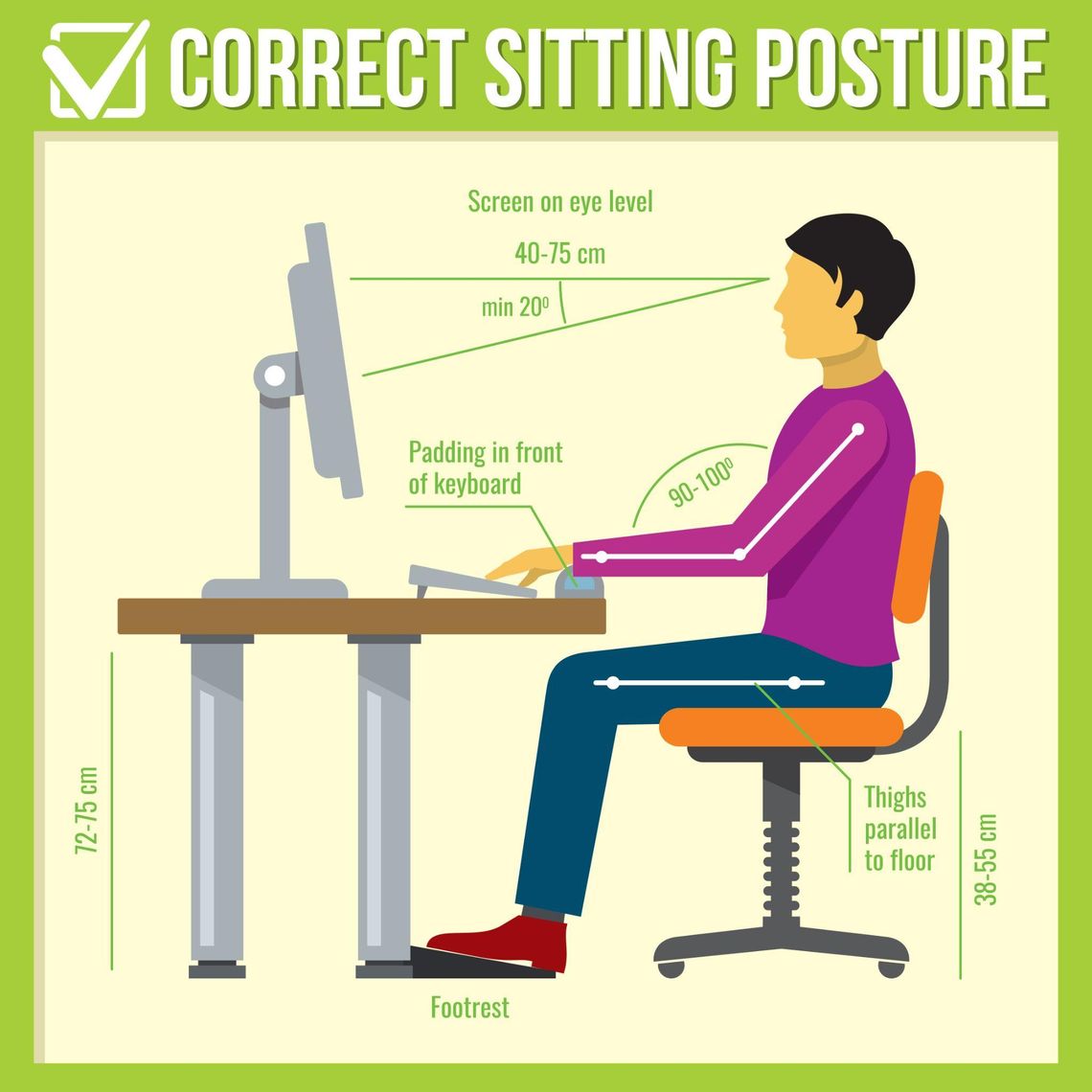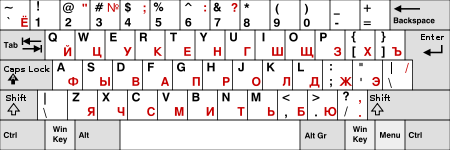
Apply to a foreign university with confidence
- Properly fulfilled documents
- Perfect motivation letter
- Support from a personal mentor
- Offers from several universities
Article score: 4.8 out of 5 (5 reviews)
We will tell you what touch typing is. Advantages and disadvantages of touch typing. How to learn to touch fast and why you need it.
Free consultation





This article describes the touch typing technique, its pros and cons, as well as tells who can benefit from it (spoiler: anyone).
Touch typing, also known as blind typing, is a special method of typing on the keyboard without looking at it. It is a skill that doesn’t come naturally and has to be learned.
The main difference between touch typing and regular typing is the number of fingers involved. Pay attention to how we usually type — with two or four fingers. When touch typing, a person uses all ten. Therefore, the method is sometimes referred to as "ten-finger typing".
Why does using all fingers increase typing speed? The secret is that each of them has its own keyboard zone. And the hands do not dance across the keyboard sporadically as usual — they are clearly fixed in one position. Only the fingers themselves move. They stretch in different directions for the desired key. It turns out that you do not need to constantly look for the letter visually: the finger itself knows where to go.
As soon as you sit at the keyboard, immediately place your hands correctly. The initial hand position on the keyboard is "ASDF" for the left and “JKL;” for the right. The F and J keys have small bumps or ridges to find them by touch. The index fingers are placed on them, and the other three fingers — next to them.
In addition to the position of the fingers, it is important to remember about the correct posture:

In addition to QWERTY — the most common keyboard layout — there are also Dvorak and Colemak layouts. They were created as its counterparts to simplify touch-typing. Keep in mind that the transition from one option to another is difficult. You can try different layouts, but most people work on QWERTY and almost all keyboard simulators are sharpened for it.

This skill is required for:
But touch typing is not limited only to a narrow range of professions. It is needed for everyone who works with a computer, which is more than 60% of the global population. This skill will make your life easier. Whether it's writing a paper, creating a text for website promotion, translation or anything else, touch typing increases the speed and efficiency of work. If you don't care about speed, blind typing will still help you. It reduces eye and hand strain and increases worker’s value in the eyes of superiors.
Blind typing is useful to learn from childhood. It develops literacy, fine motor skills, helps to memorize words better and teaches computer skills. Some American schools, for example, have compulsory touch typing lessons. It is never too late to master blind typing. And in old age, it is even healthy.
Typing speed is a universal measure of how fast you type. Accuracy also affects it — how often you hit the right keys. It can be measured in either number of characters (cpm) or words (wpm) per minute. The average typing speed for the standard two-finger method is 30 wpm or 150-200 cpm.
The ten-finger method allows you to type almost twice as fast. The record speed of typing in the usual manner is around 50wpm, and in touch typing — more than 200. But only exceptional masters achieve such skill. People who do not work with texts professionally can hit up to 60 wpm. Amazing, right? The average score of the ten-finger method is greater than the record for the two-finger method.
You can check your typing speed on special sites. Many of them immediately offer touch typing lessons.
If you want to increase your typing speed, learn the ten-finger method. This can be done using special keyboard simulators. We have compiled a selection of typing courses for you so that you can choose one for yourself. The key to learning touch typing is to stay motivated:
To type even faster, practice, but do it right:
60+ countries
we work with
$1,000,000 saved
by students through scholarships
6,400 offers
our students got